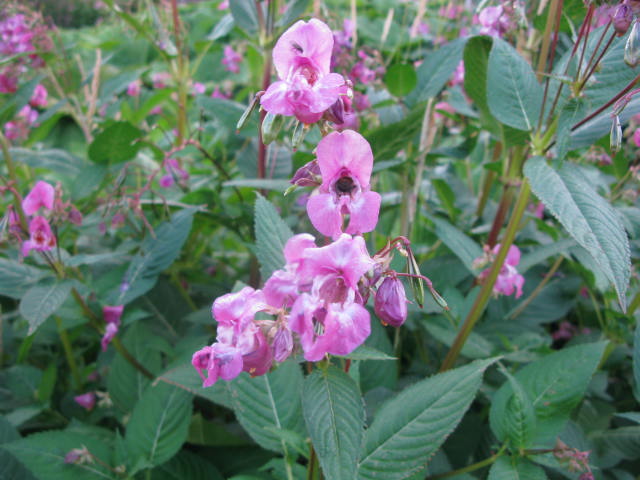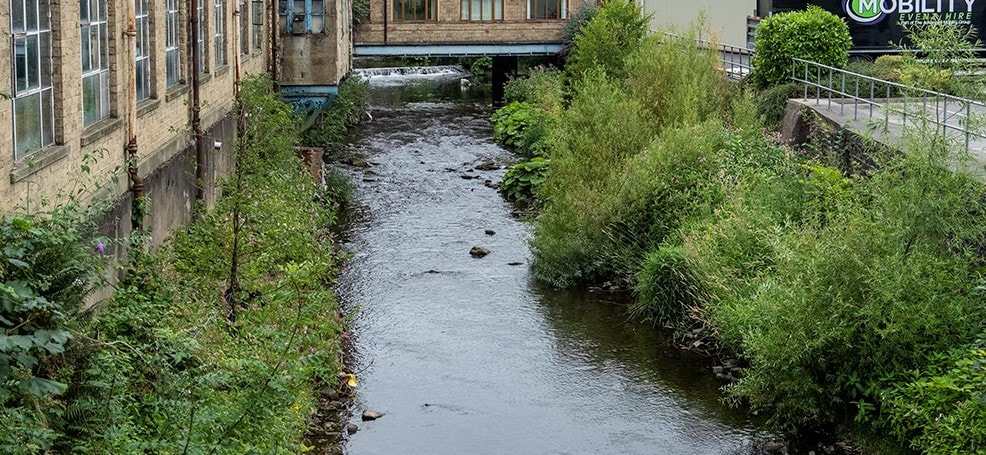|
In the last blog we mentioned a couple of invasive species, mink and signal crayfish, in this blog we will look at another, Himalayan balsam (HB).
There are two main problems with HB:
It’s no good just bashing it in Keighley because every plant higher up the river can produce up to 800 seeds which can float down stream to re-colonise the cleared area. The problem is that this strategy requires considerable organisation and a lot of people to work persistently over many years (seeds can remain dormant in the soil for up to three years), resources that RWF do not have. So we are wondering if the war on Himalayan balsam on the Worth may have been lost.
0 Comments
Leave a Reply. |
Archives
November 2025
Categories |






 RSS Feed
RSS Feed